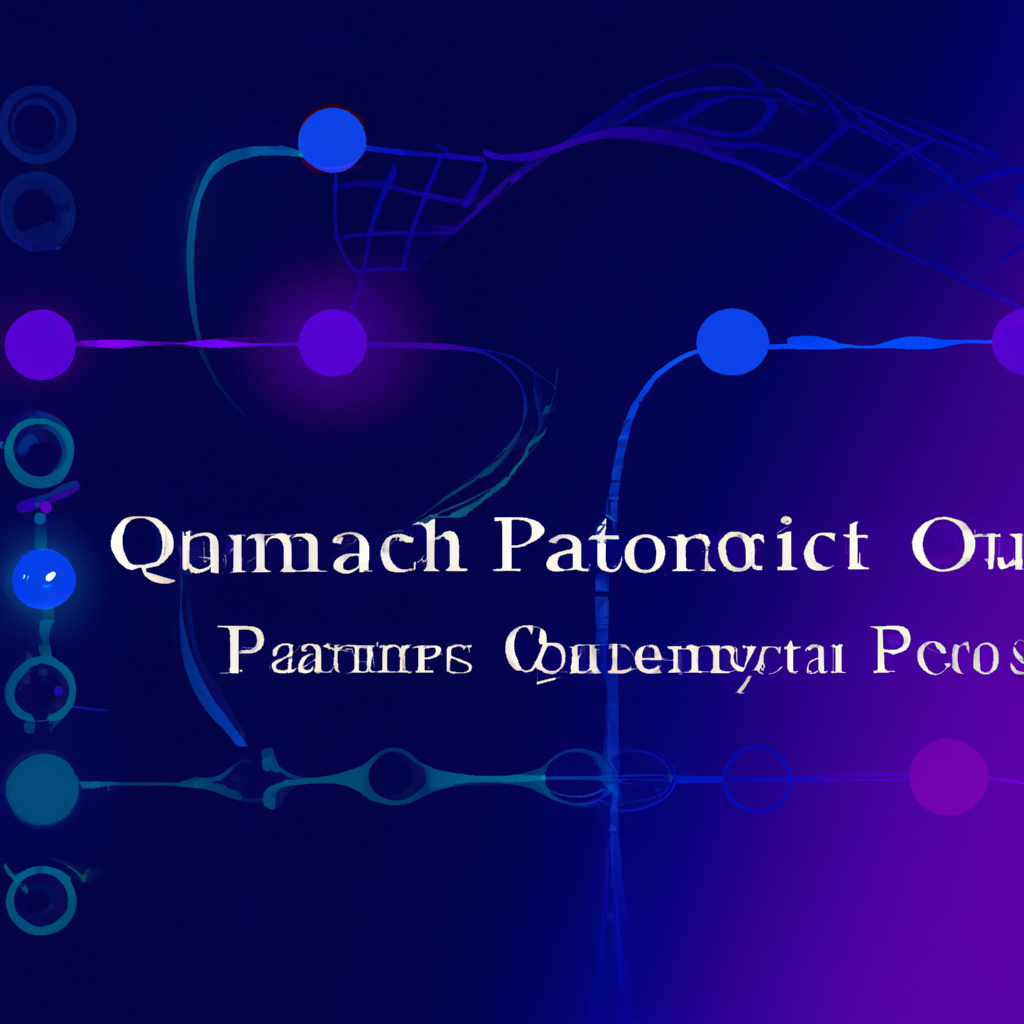Understanding the Principles of Quantum Cryptography for Secure Communication
Table of Contents
Understanding the Principles of Quantum Cryptography for Secure Communication
# Introduction:
In today’s interconnected world, the need for secure communication is paramount. With the increasing prevalence of cyber threats, protecting sensitive information has become a top priority for individuals, businesses, and governments alike. Traditional cryptographic methods, although effective to some extent, are susceptible to attacks from powerful computers and sophisticated algorithms. In recent years, quantum cryptography has emerged as a promising solution to address the vulnerabilities of classical encryption techniques. This article aims to provide an in-depth understanding of the principles behind quantum cryptography and its potential for secure communication.
# Quantum Cryptography: An Overview:
Quantum cryptography utilizes the principles of quantum mechanics to ensure secure communication channels. Unlike classical cryptography, which relies on mathematical algorithms, quantum cryptography leverages the unique properties of quantum particles, such as photons, to achieve unbreakable encryption. The fundamental principle behind quantum cryptography is the uncertainty principle, which states that it is impossible to measure certain properties of a quantum particle without disturbing its state.
# Quantum Key Distribution (QKD):
One of the primary applications of quantum cryptography is Quantum Key Distribution (QKD). QKD allows two parties, commonly referred to as Alice and Bob, to establish a shared secret cryptographic key over an insecure channel. This shared key can then be used for subsequent secure communication using conventional encryption algorithms. The security of QKD lies in the laws of quantum mechanics, making it resistant to eavesdropping attempts.
# The BB84 Protocol:
The BB84 protocol, proposed by Charles H. Bennett and Gilles Brassard in 1984, is one of the most widely used QKD protocols. It relies on the principles of quantum superposition and quantum entanglement to ensure secure key distribution. The protocol works as follows:
Alice generates a random sequence of quantum bits, or qubits, and encodes them using a randomly chosen basis (either rectilinear or diagonal).
Alice sends the encoded qubits to Bob over the insecure channel.
Bob, upon receiving the qubits, randomly chooses a measurement basis for each qubit.
Alice and Bob publicly announce their chosen measurement bases for a subset of the qubits.
Alice and Bob compare the measurement bases of the subset of qubits to estimate the error rate caused by eavesdropping.
If the error rate is below a certain threshold, Alice and Bob proceed to perform error correction and privacy amplification to obtain a final shared key.
The beauty of the BB84 protocol lies in the fact that any attempt to eavesdrop on the qubits would inevitably introduce errors, thereby alerting Alice and Bob to the presence of an eavesdropper. This property, known as the “no-cloning theorem,” ensures the security of the key distribution process.
# Quantum Key Distribution in Practice:
Implementing QKD in real-world scenarios poses several challenges. One of the major challenges is the inherent fragility of quantum systems. Quantum particles, such as photons, are highly sensitive to environmental disturbances, making them prone to losses and errors during transmission. To mitigate these issues, researchers have developed various techniques, such as decoy states and error correction codes, to enhance the reliability of QKD systems.
Another challenge is the limited range of QKD systems due to the attenuation of quantum signals over long distances. To overcome this limitation, researchers have explored the concept of quantum repeaters, which can extend the range of secure communication by entangling distant qubits. Quantum repeaters hold great promise for enabling secure communication over global distances.
# Post-Quantum Cryptography:
While quantum cryptography offers unparalleled security, it is important to note that it is not a replacement for all cryptographic methods. Quantum computers, if realized, could potentially break many of the classical cryptographic algorithms currently in use. This has led to the development of post-quantum cryptography, which focuses on designing encryption algorithms that are resistant to attacks from both classical and quantum computers.
# Conclusion:
Quantum cryptography represents a significant advancement in the field of secure communication. By harnessing the principles of quantum mechanics, it offers a level of security that is unattainable with classical cryptographic methods. The BB84 protocol and Quantum Key Distribution have laid the foundation for secure key exchange, paving the way for applications in various domains, including finance, healthcare, and government communications.
While there are still technical challenges to overcome, such as improving the reliability and range of QKD systems, the future of quantum cryptography holds immense promise. In conjunction with post-quantum cryptography, it has the potential to revolutionize the way we protect sensitive information in the digital age. As researchers continue to advance the field, it is essential to stay updated with the latest developments and understand the principles that underpin this fascinating technology.
# Conclusion
That its folks! Thank you for following up until here, and if you have any question or just want to chat, send me a message on GitHub of this project or an email. Am I doing it right?
https://github.com/lbenicio.github.io

